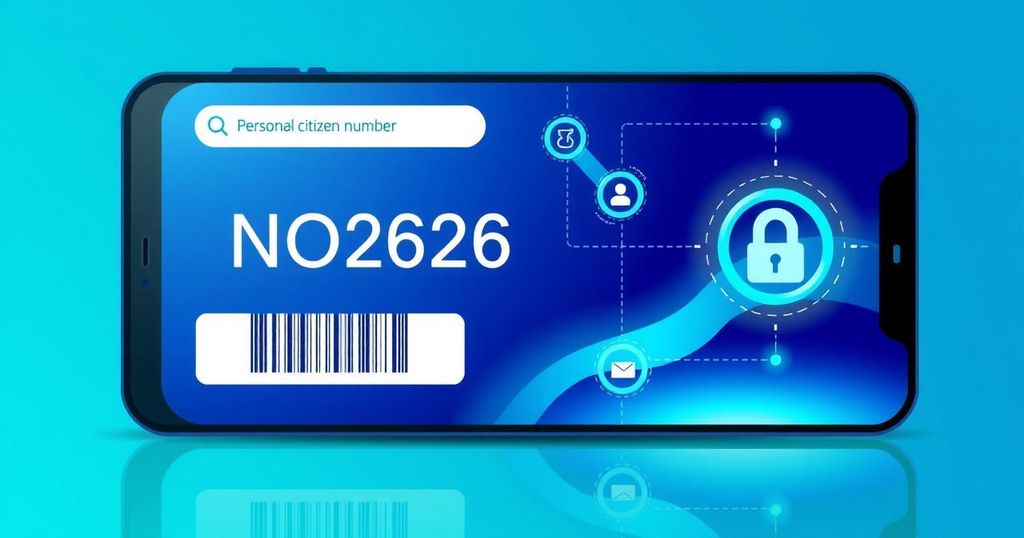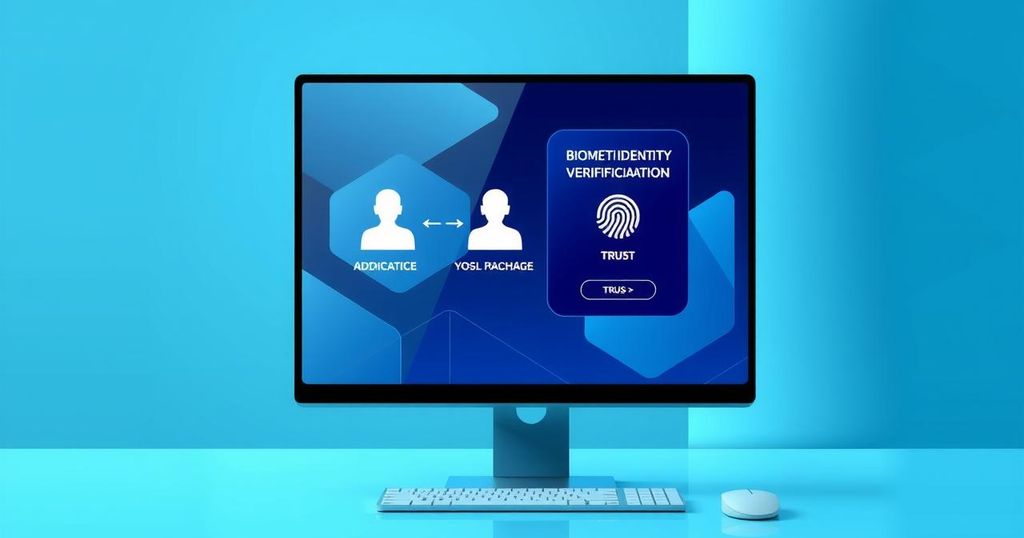IATA has launched the Contactless Travel Directory to streamline the adoption of biometric travel solutions, aiding airlines in offering contactless services at airports. This directory includes essential features like jurisdiction-based eligibility data and technical protocols, aiming to enhance efficiency in the travel process. The directory will be showcased at the Passenger Terminal Expo 2025, illustrating the growing role of biometric technology in air travel.
The International Air Transport Association (IATA) has introduced the Contactless Travel Directory to enhance the implementation of contactless travel solutions. This directory serves as a matchmaking service for airlines to locate and offer contactless travel options at various airports, facilitating collaboration between partner airlines.
Contactless travel integrates interoperable biometric solutions, allowing travelers to navigate the journey without needing physical documents like passports or boarding passes. By streamlining processes such as bag drop, lounge access, security checks, and boarding, efficiency improvements can be achieved.
Key features provided by the Contactless Travel Directory include:
1. A centralized reference for airlines to assess biometric travel touchpoints across their network.
2. Information about traveler eligibility by location, helping airlines identify eligible travelers based on nationality, passport compatibility, and age.
3. Technical protocols needed for airlines to connect with airport or airline biometric systems.
At the Passenger Terminal Expo 2025 held in Madrid, Airware, in collaboration with Idemia and iPassport, will be the first to showcase the directory. Participants will be able to enroll during check-in for mock flights between the UK and Spain using the WorldJet Airline App and experience biometric access at designated booths.
Nick Careen, IATA’s Senior Vice President of Operations, Safety, and Security, highlighted that the directory will simplify opportunities for airlines to expand biometric services. With the rising expectation for efficiency from travelers, biometric recognition technology is increasingly crucial in enhancing travel. The directory, along with IATA’s One ID initiative, aims to support this transition with essential data and global standards.
IATA is also promoting the swift integration of digital identity technologies to bolster aviation security and improve operational efficiency.
IATA’s launch of the Contactless Travel Directory marks a significant step toward enhancing the adoption of biometric solutions in air travel. By providing critical resources and facilitating collaboration among airlines, the directory aims to streamline various aspects of the travel process. This initiative aligns with IATA’s broader goal of improving efficiency and security in aviation through advanced technologies such as biometric recognition.
Original Source: www.passengerterminaltoday.com





